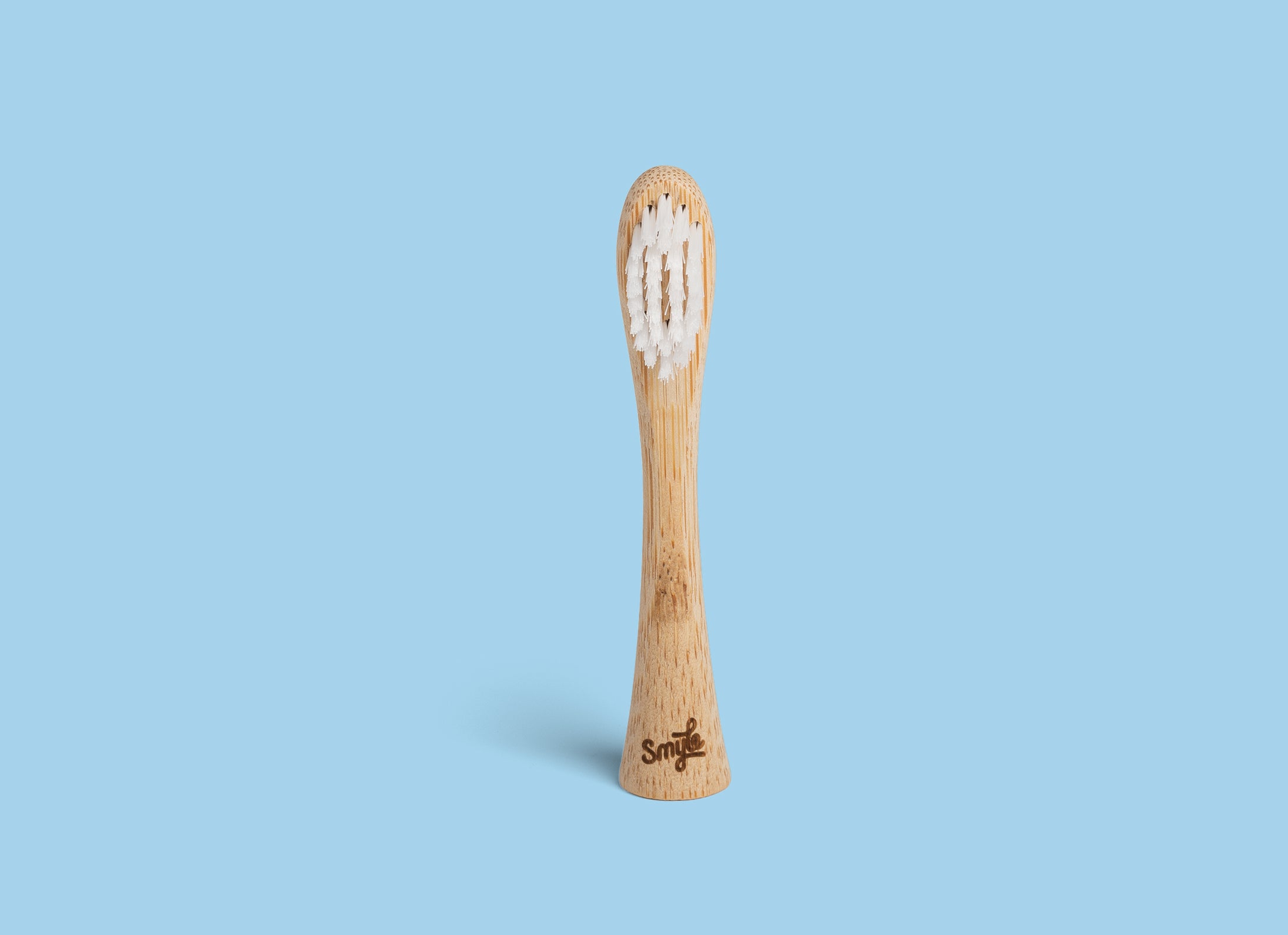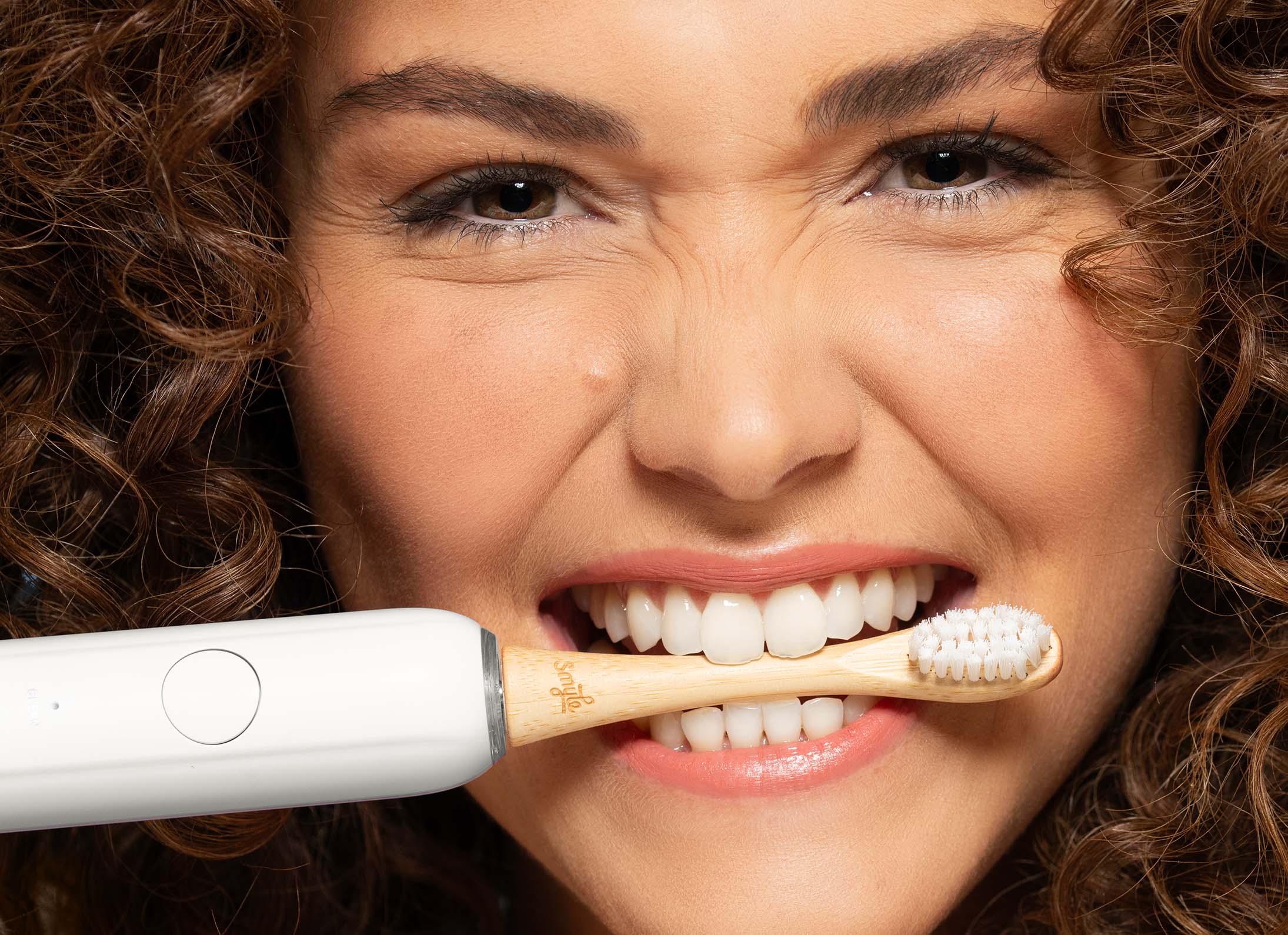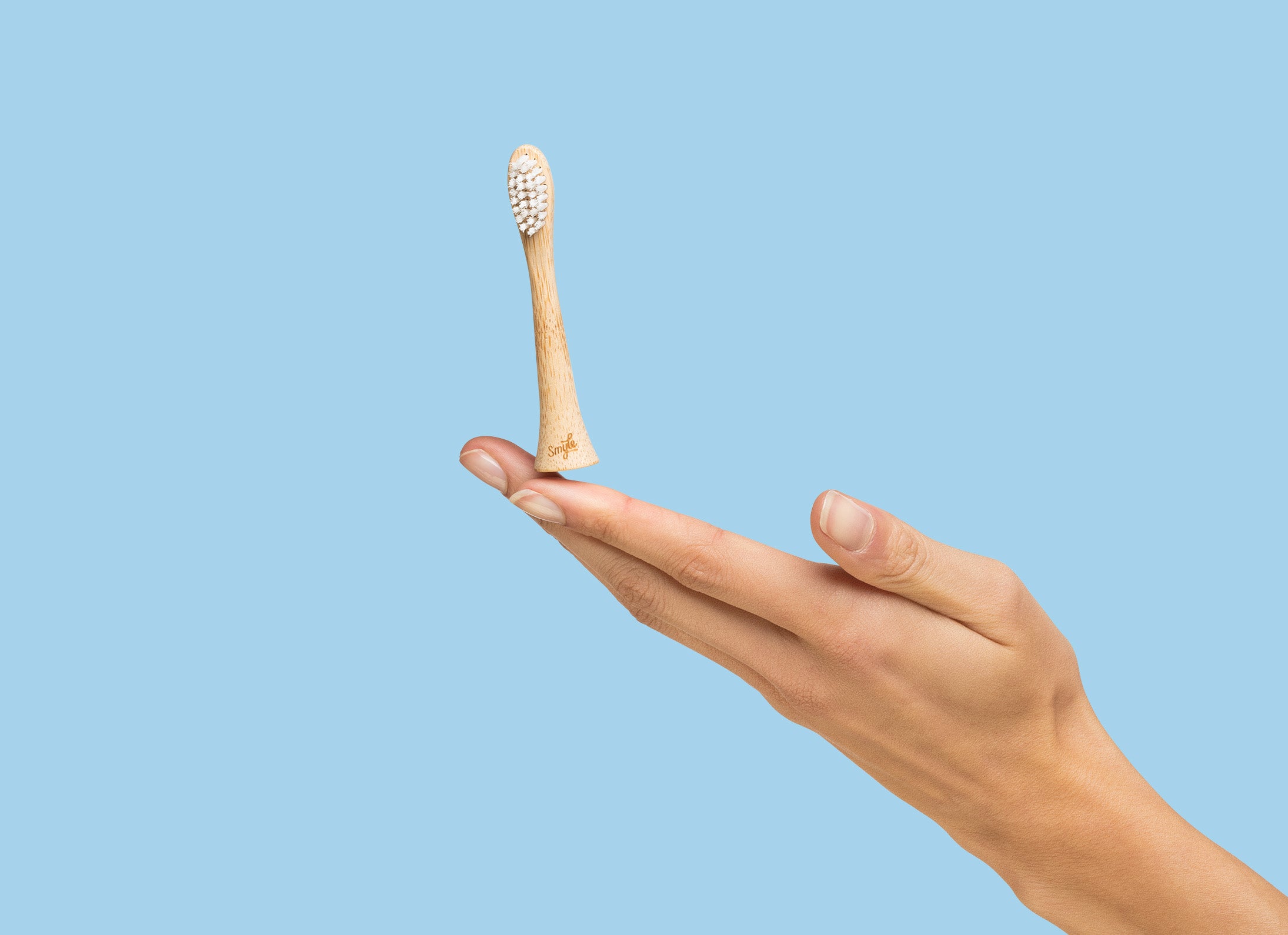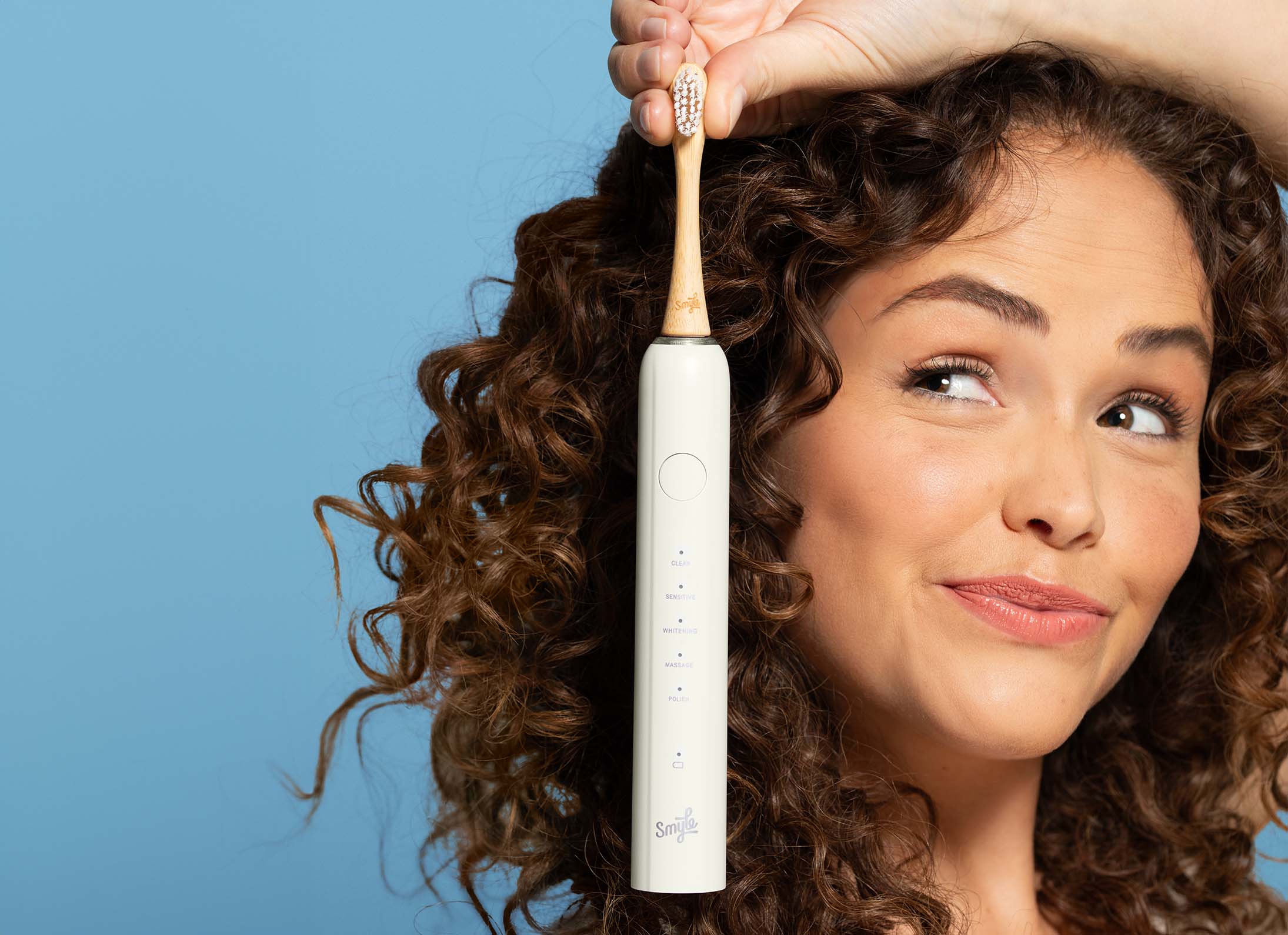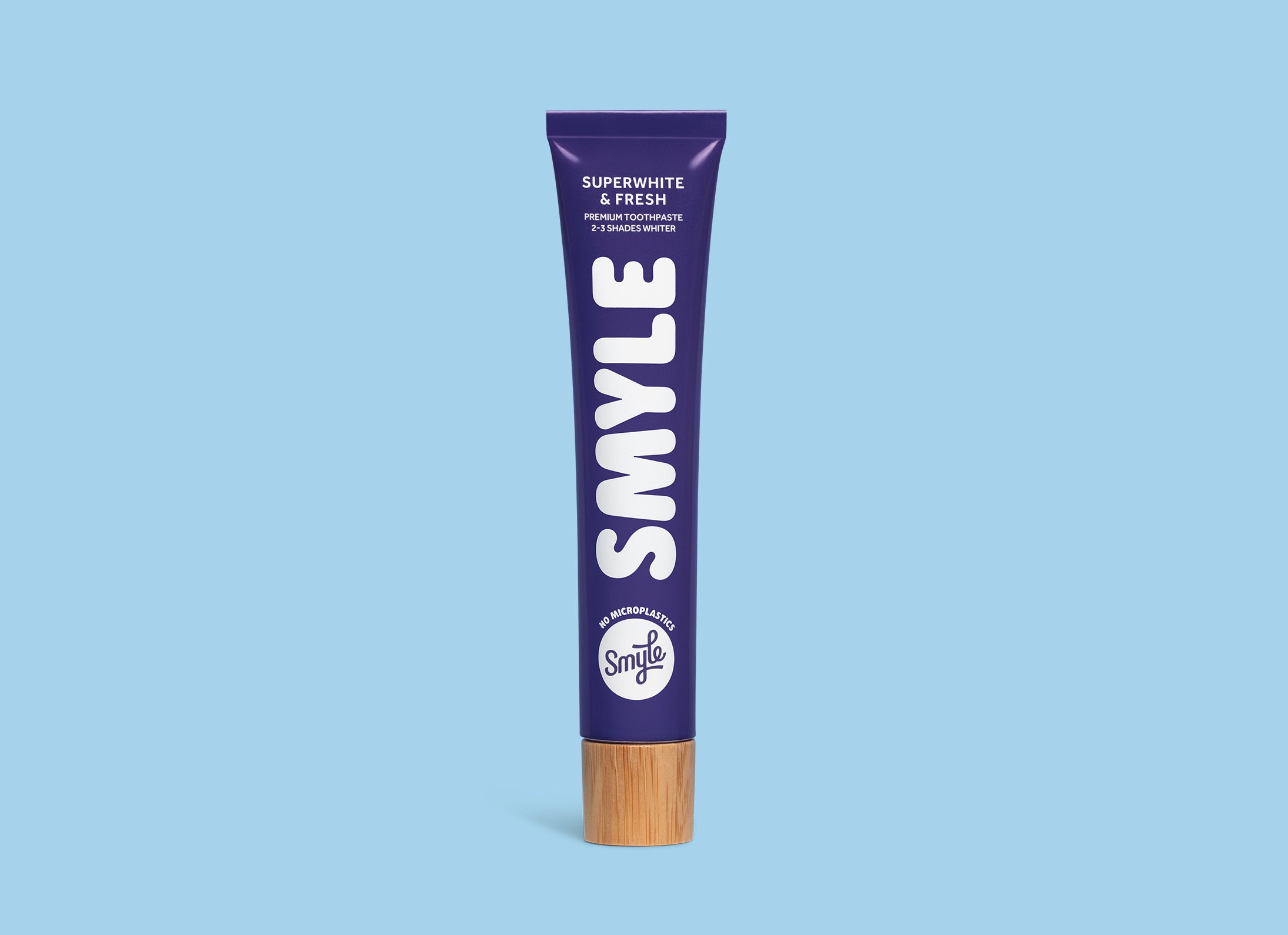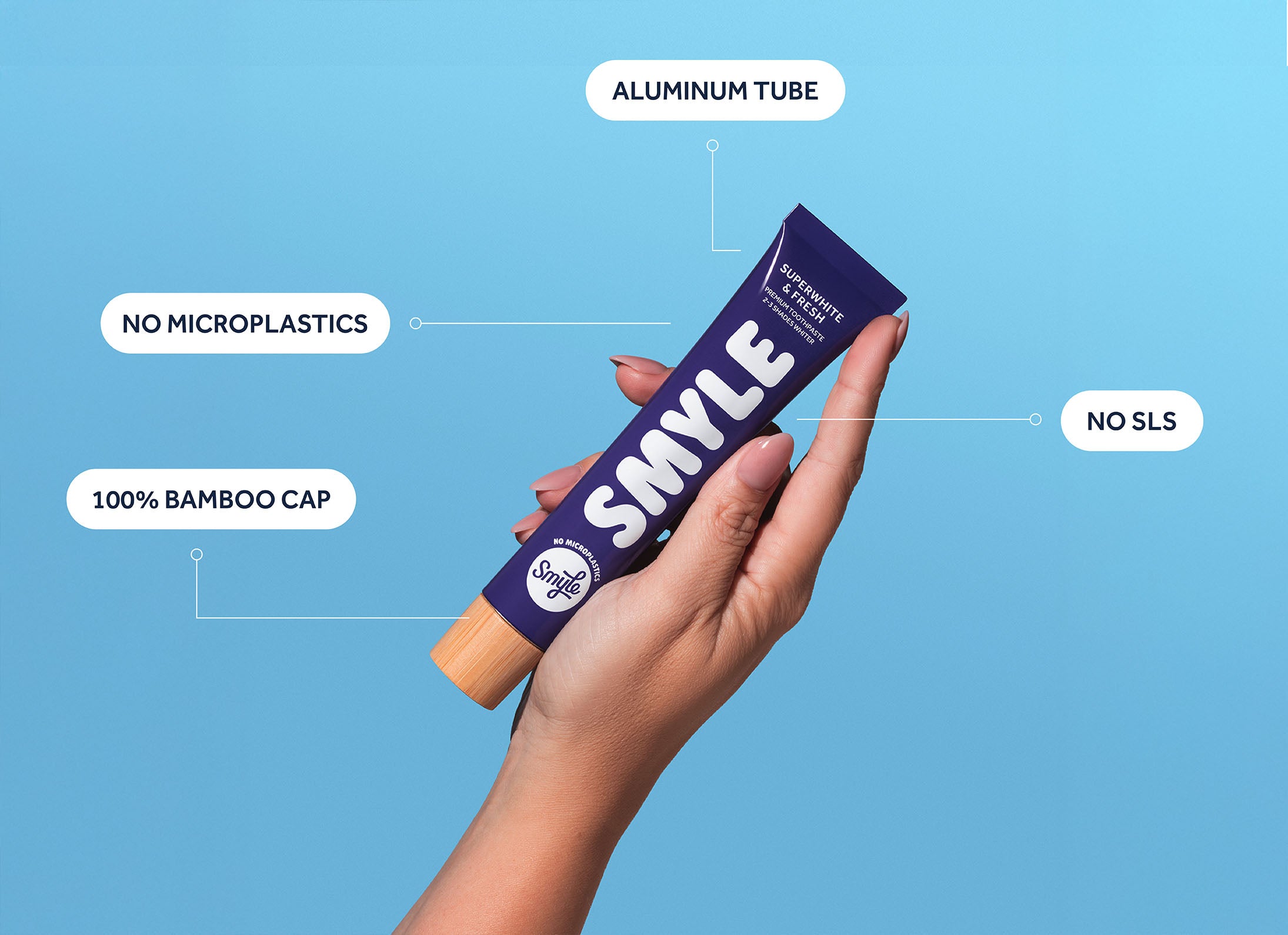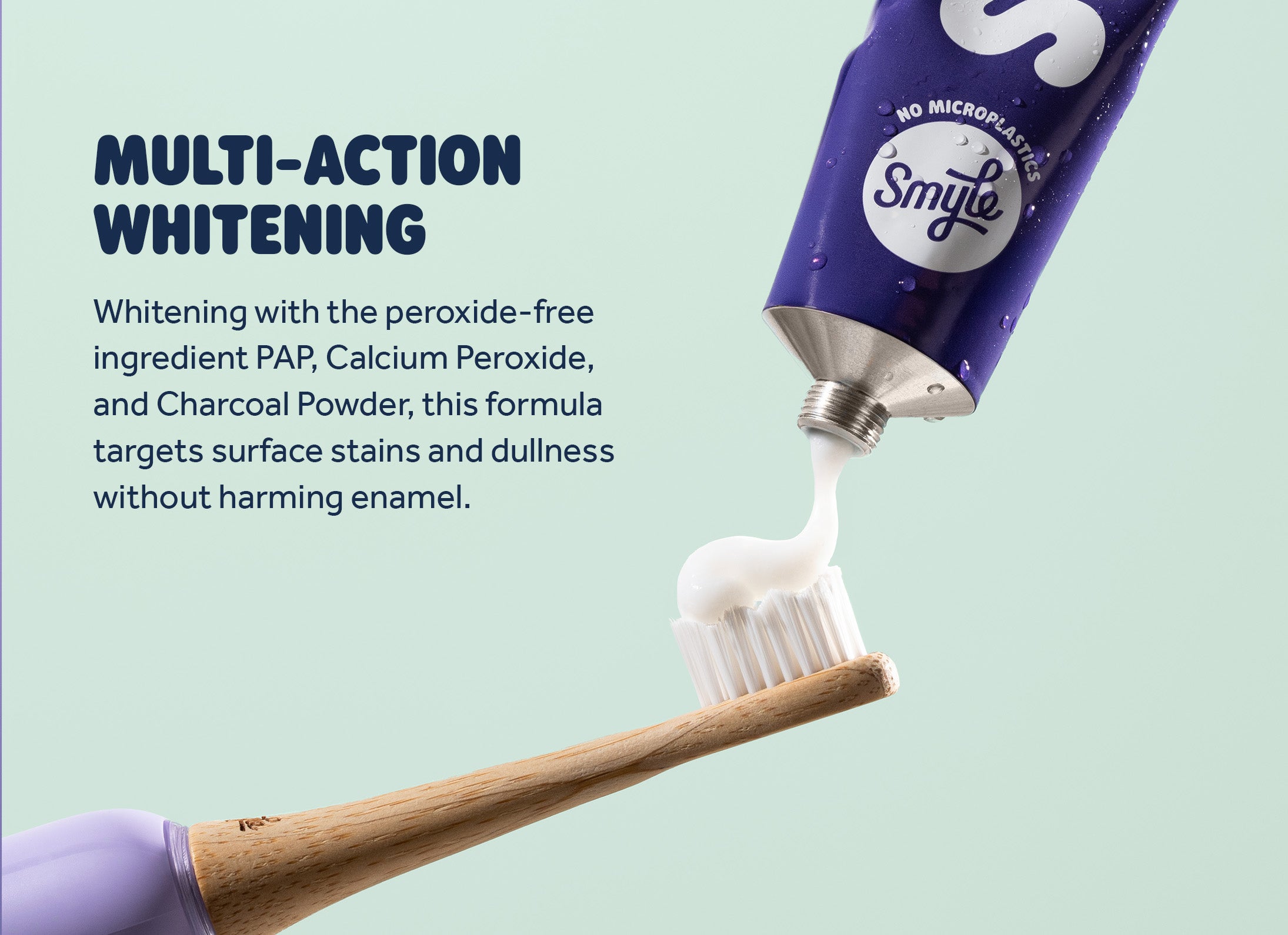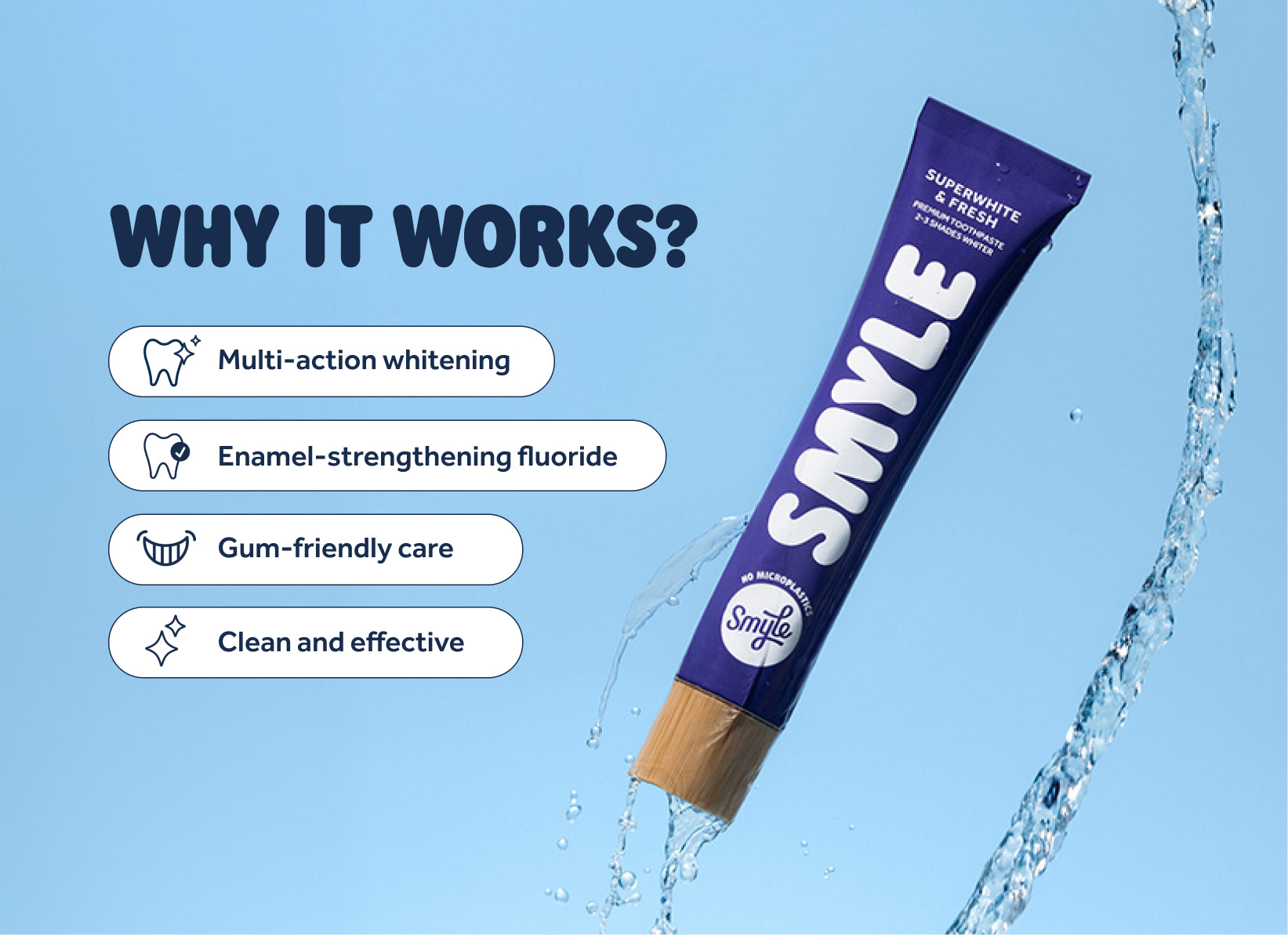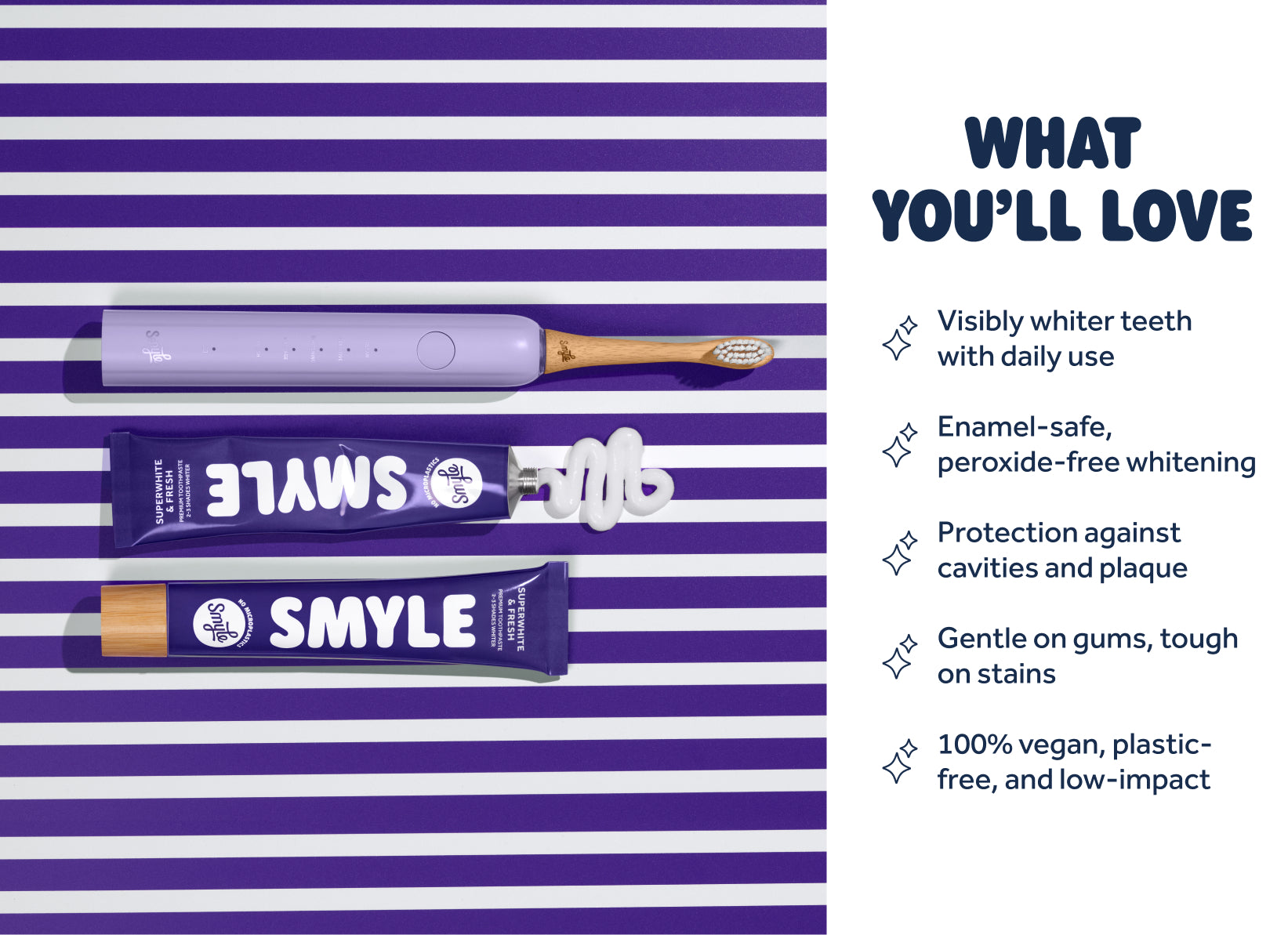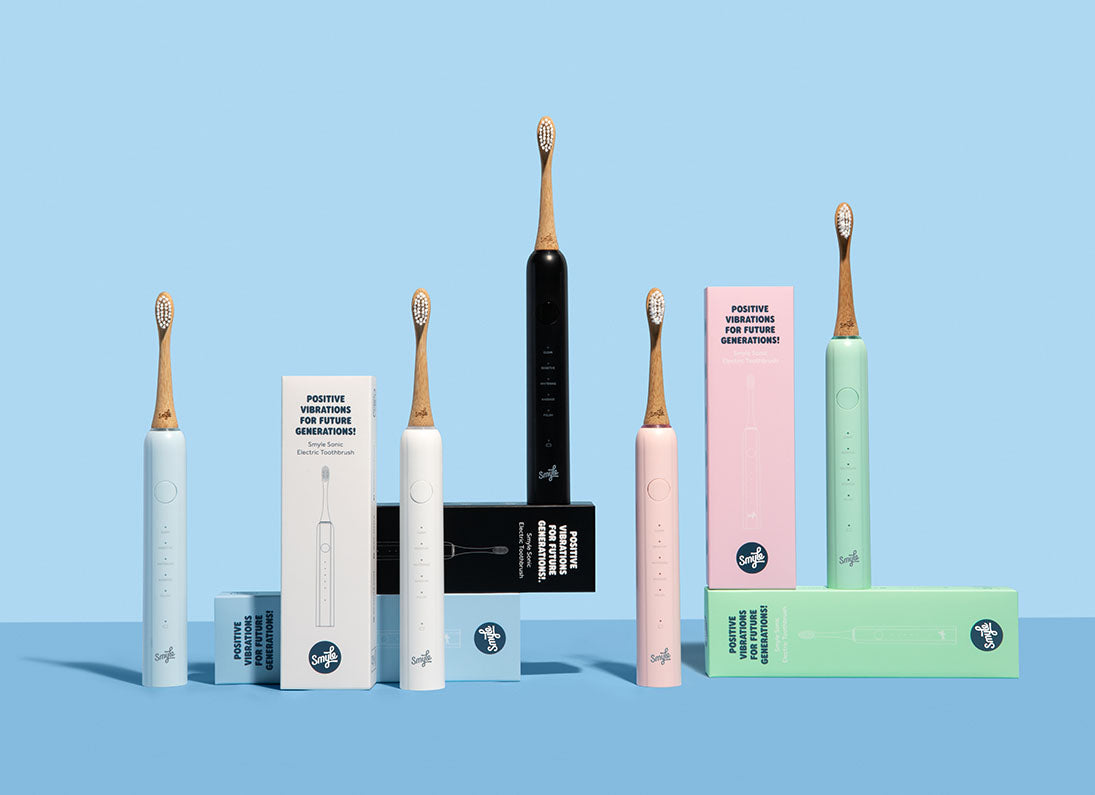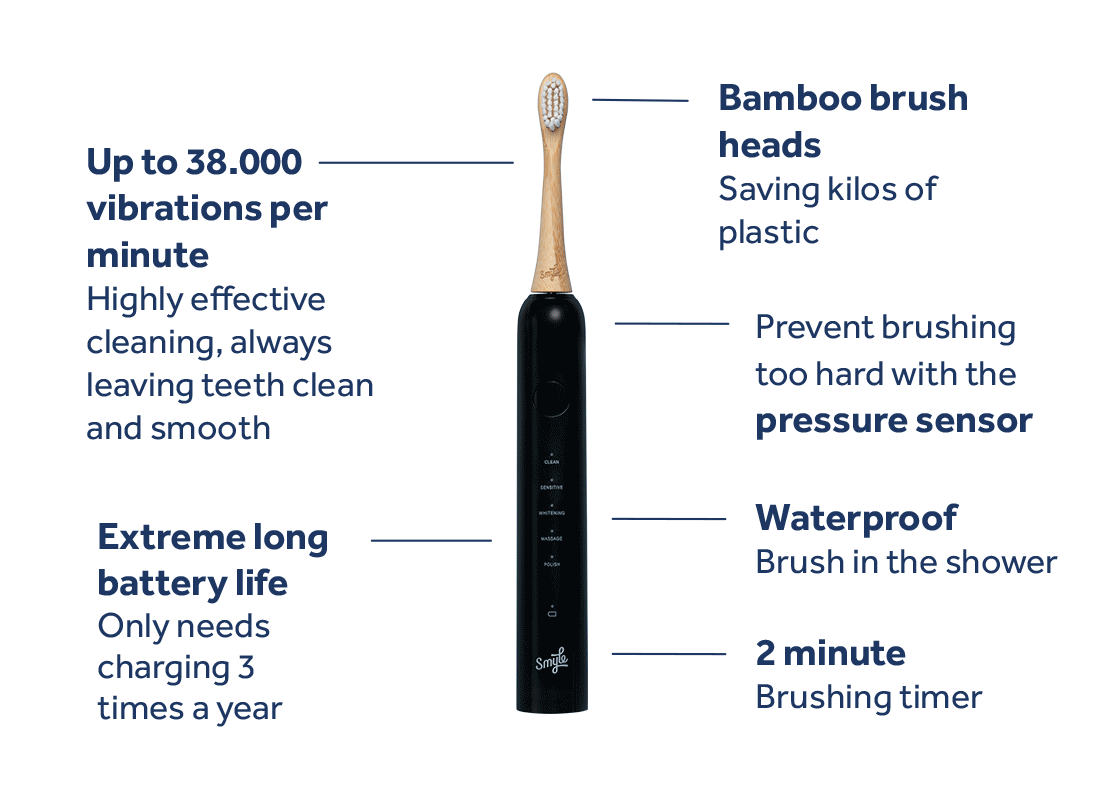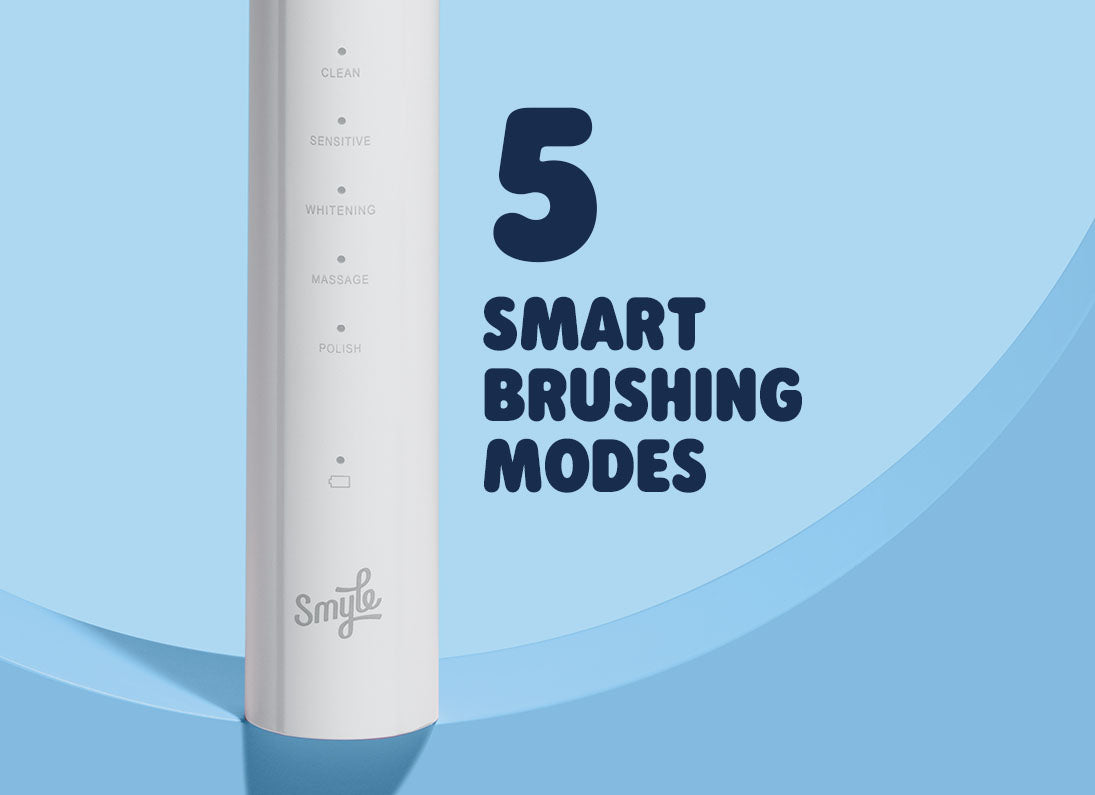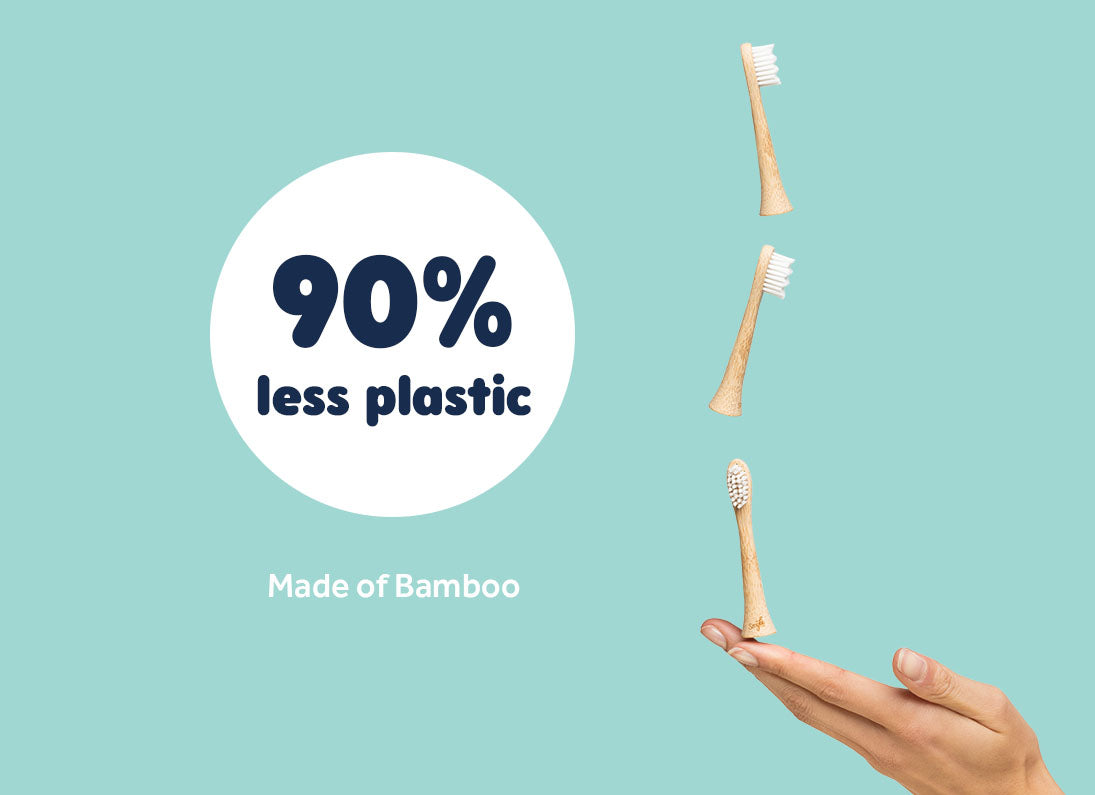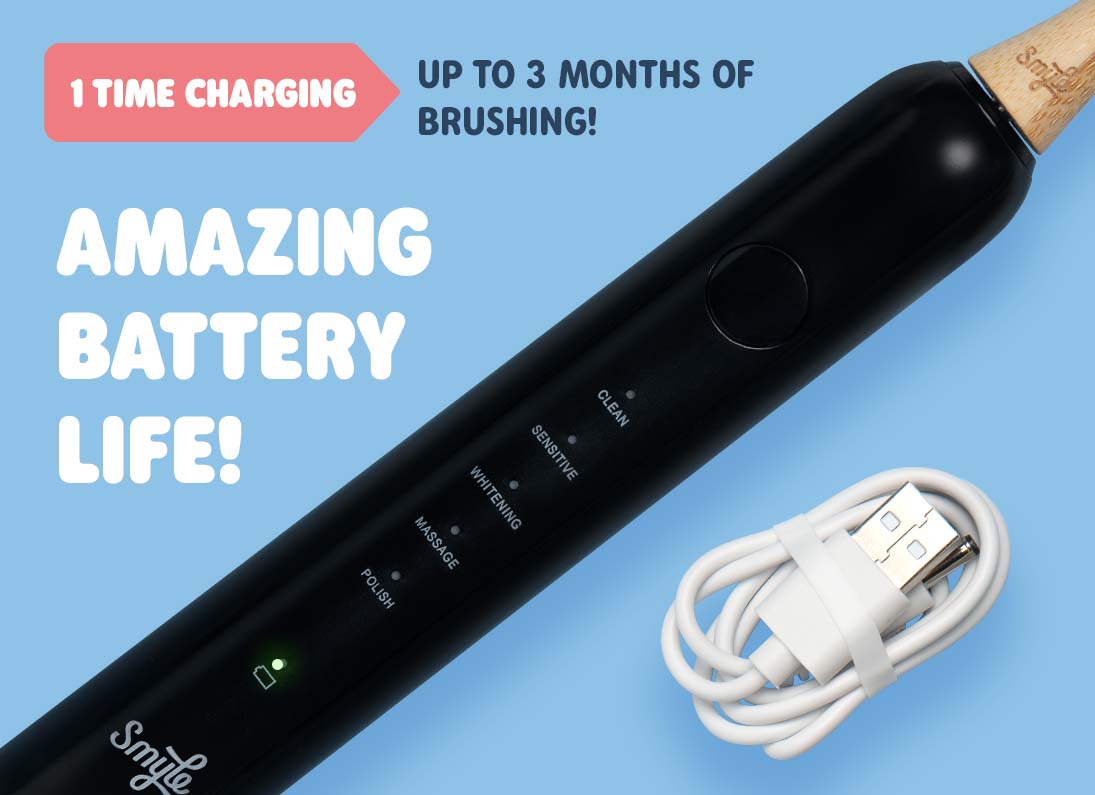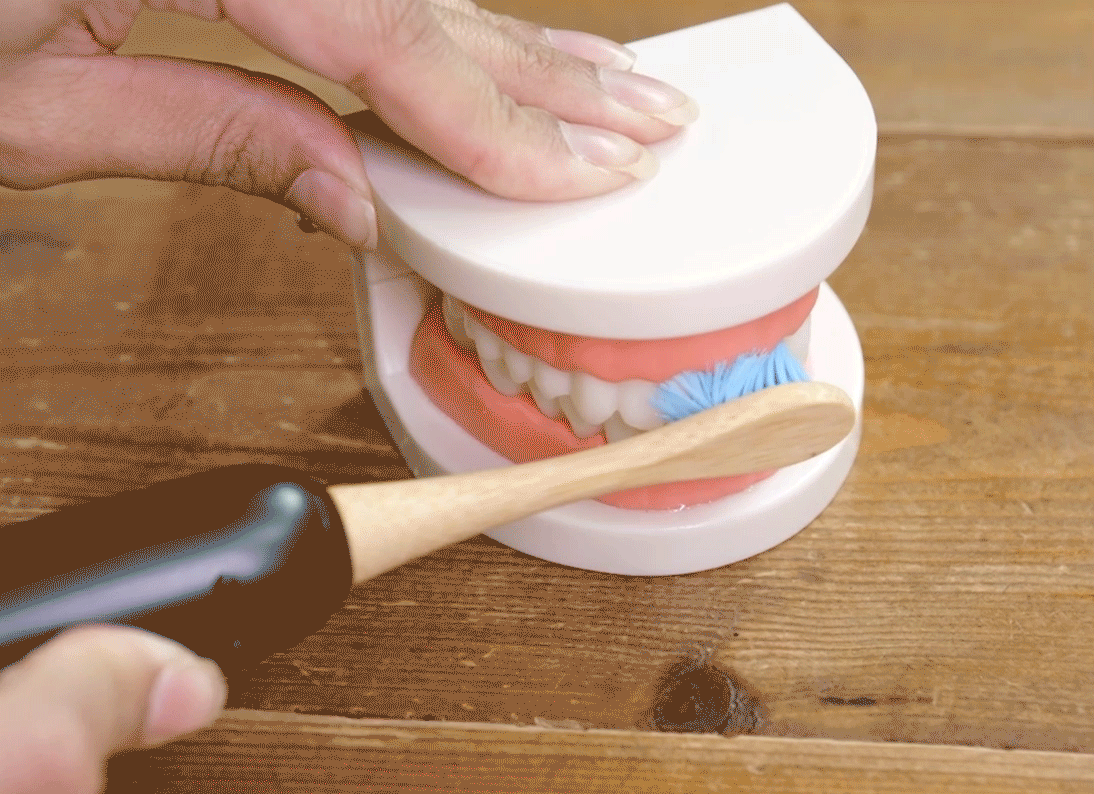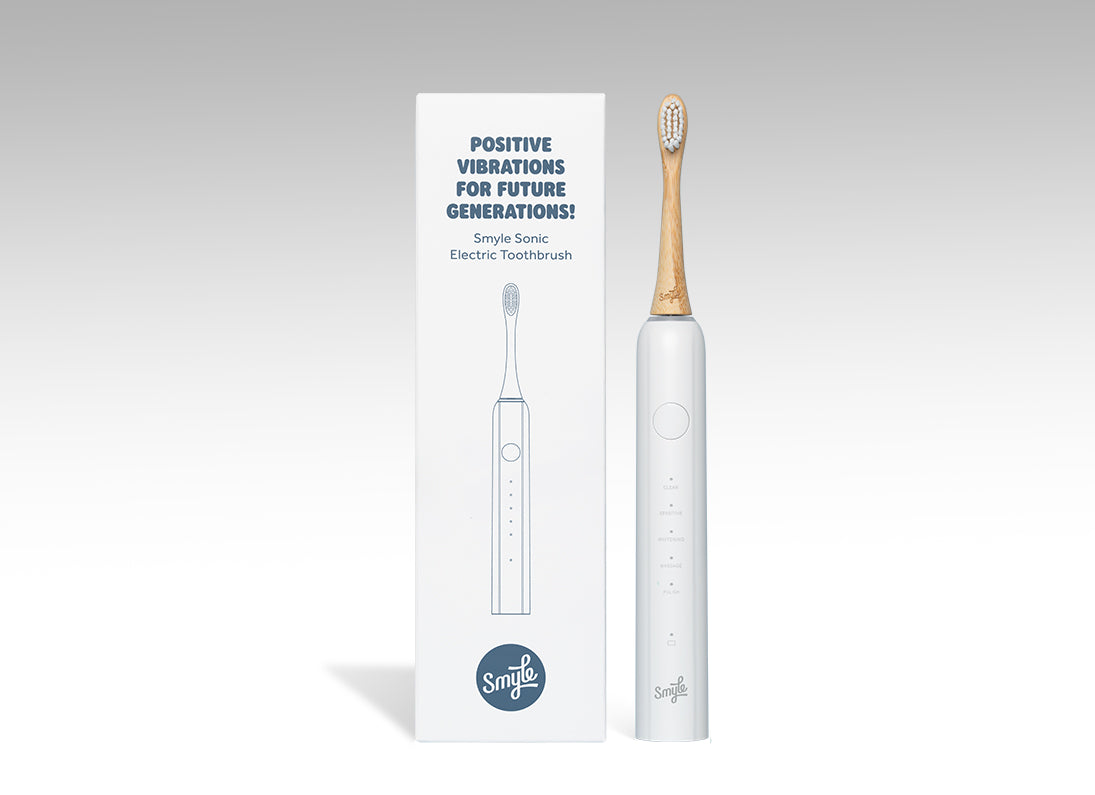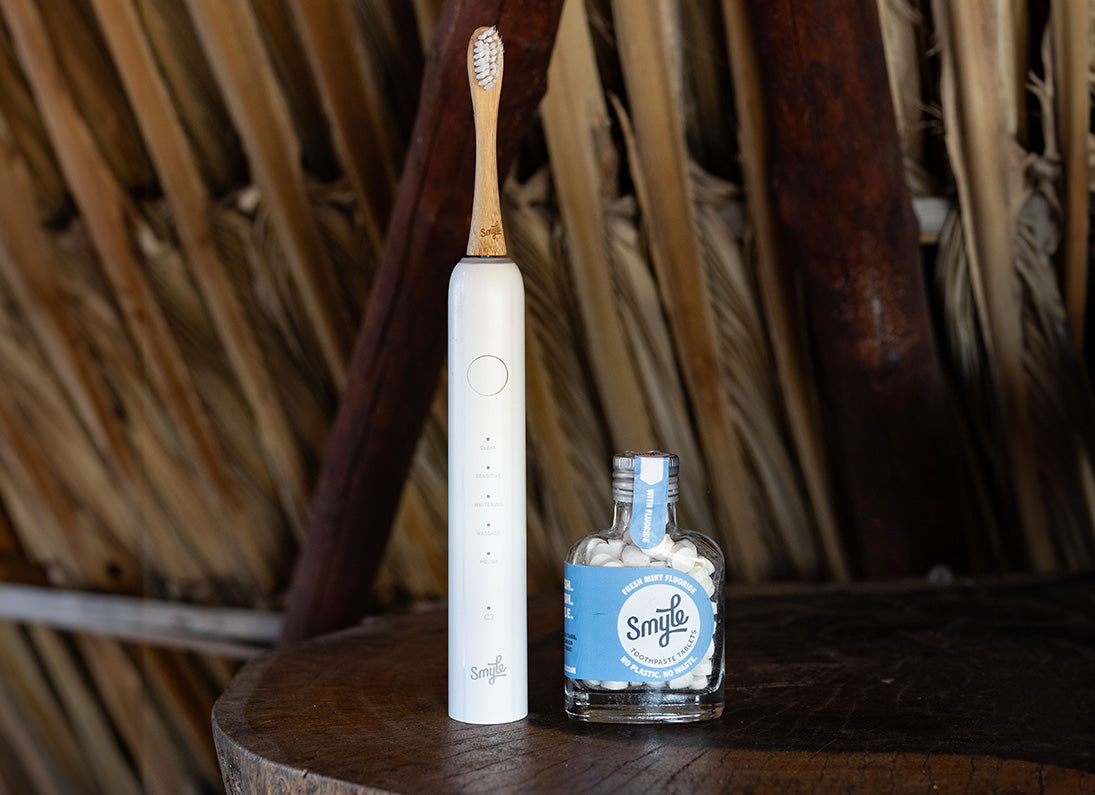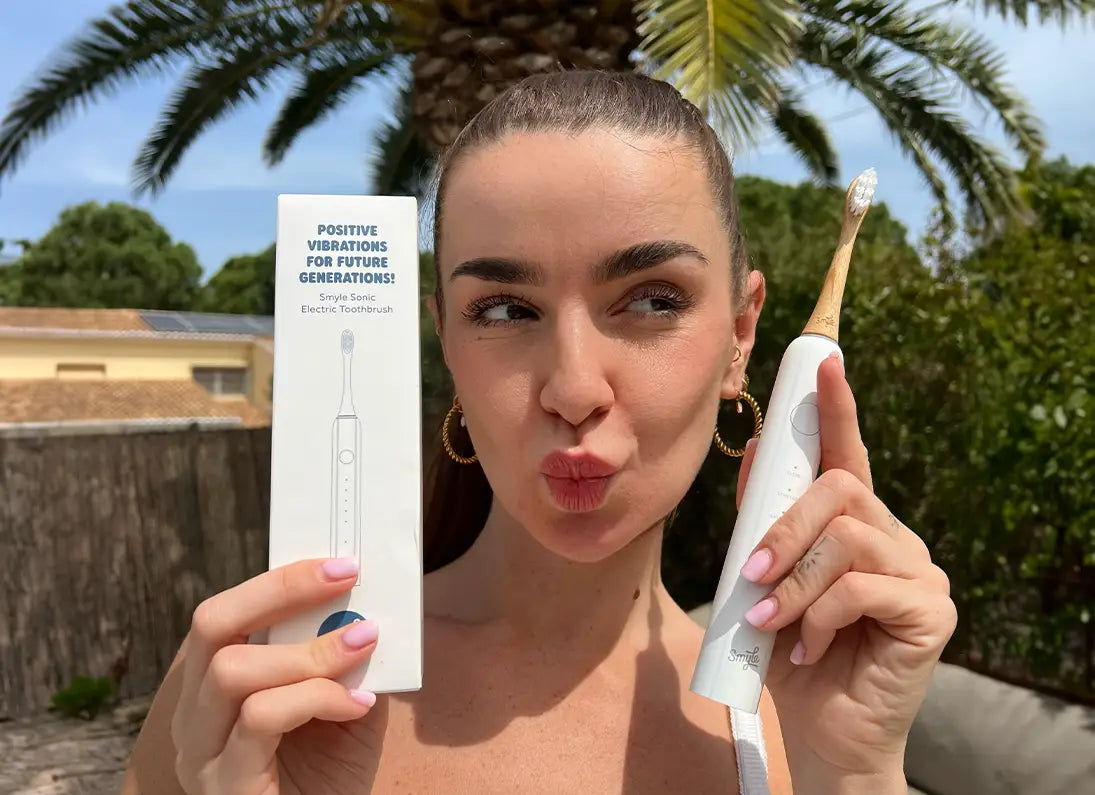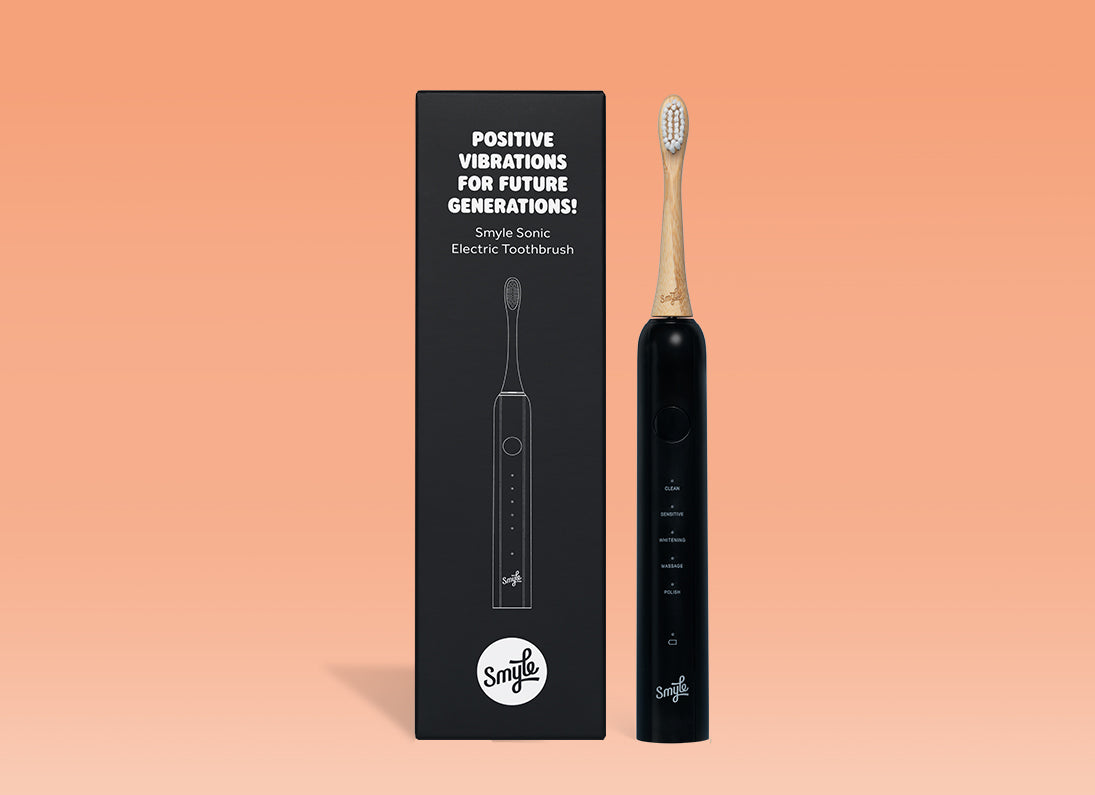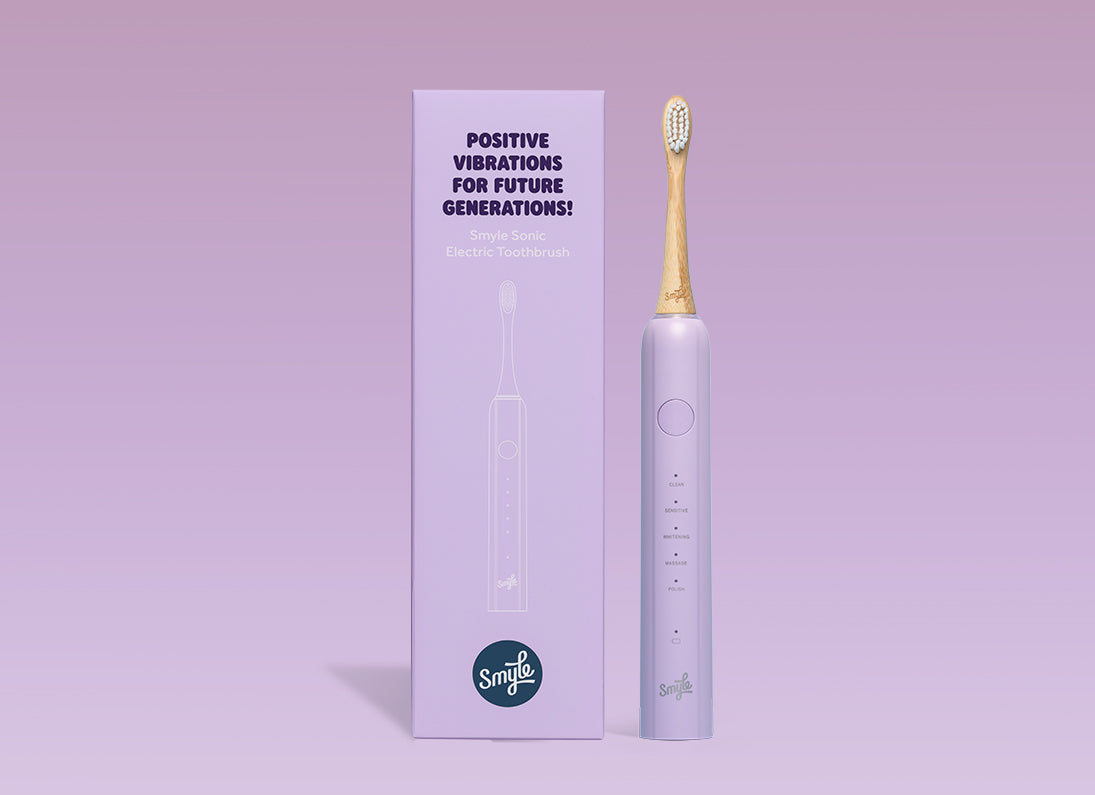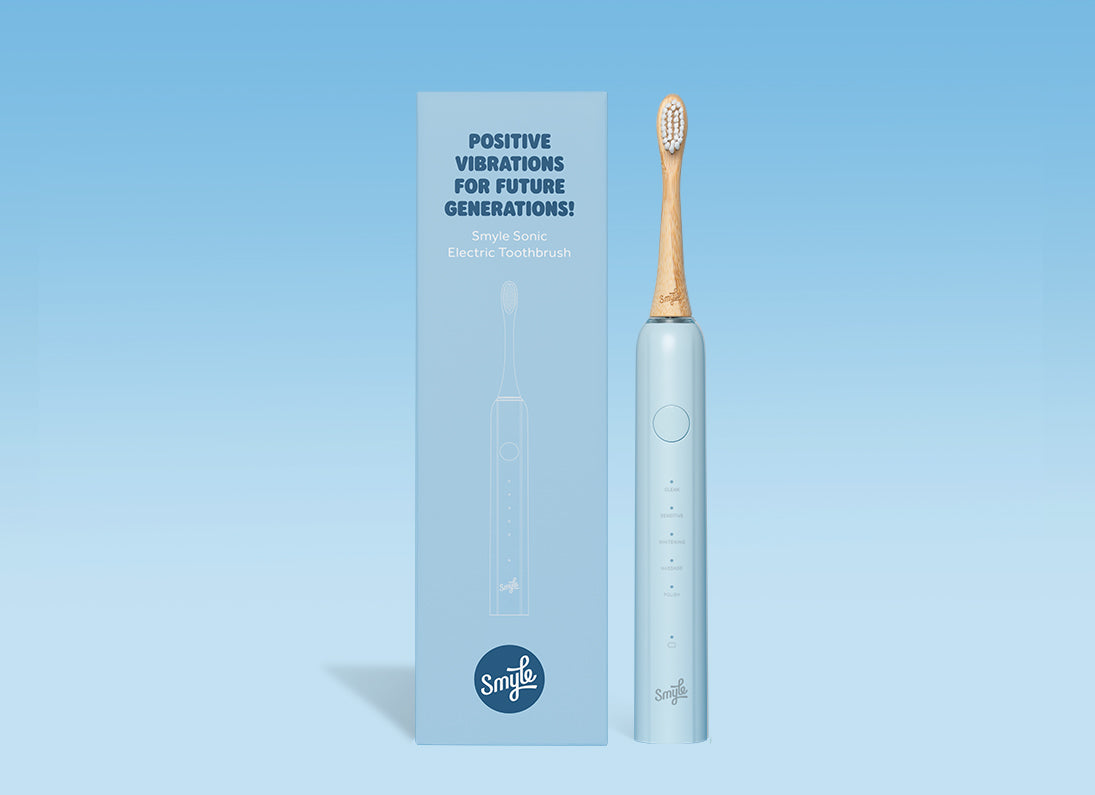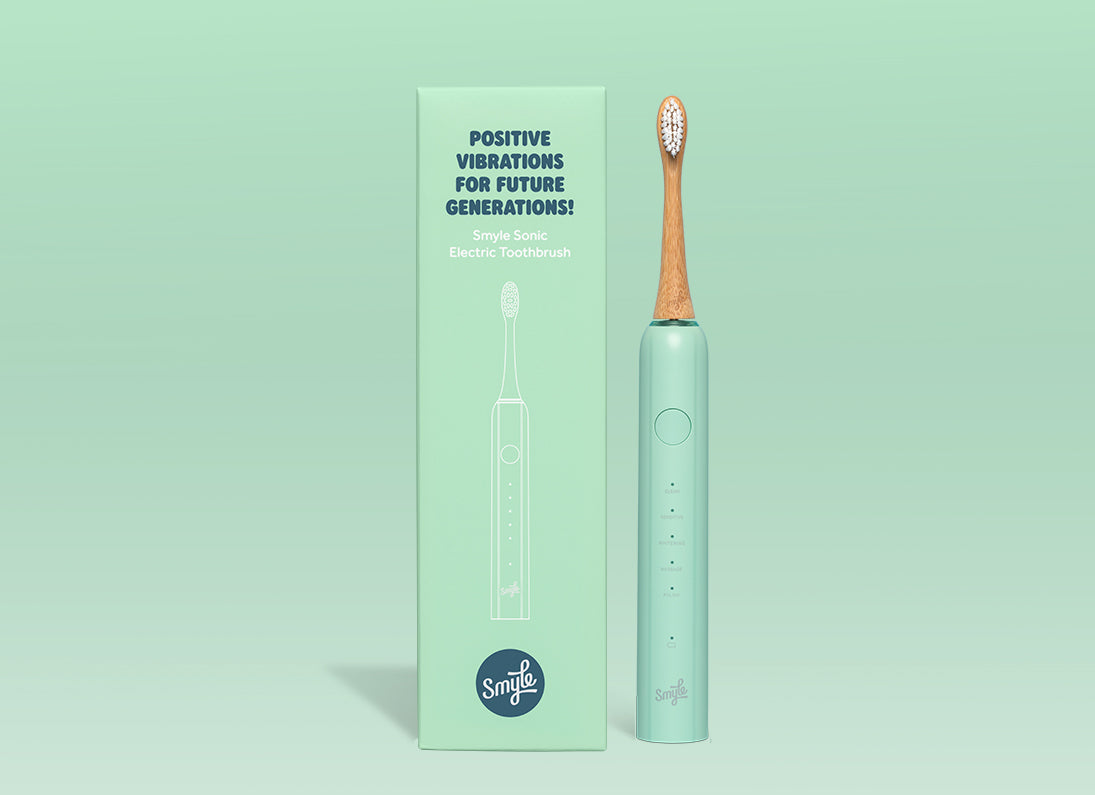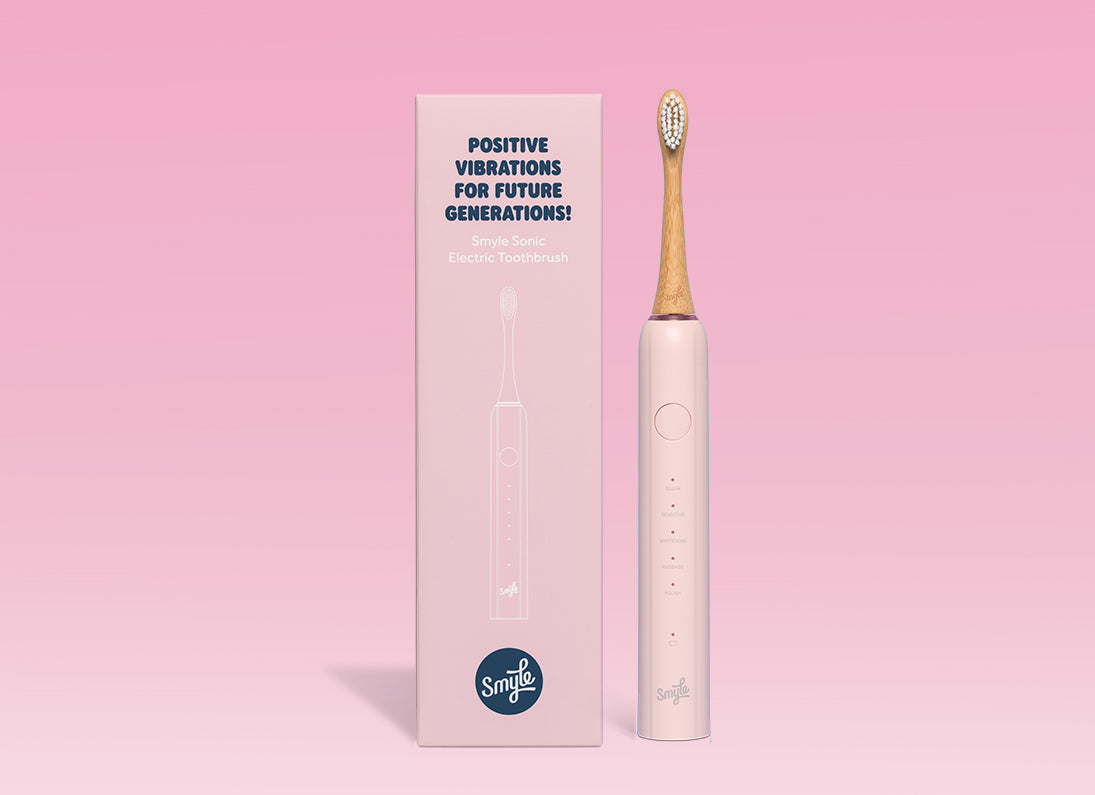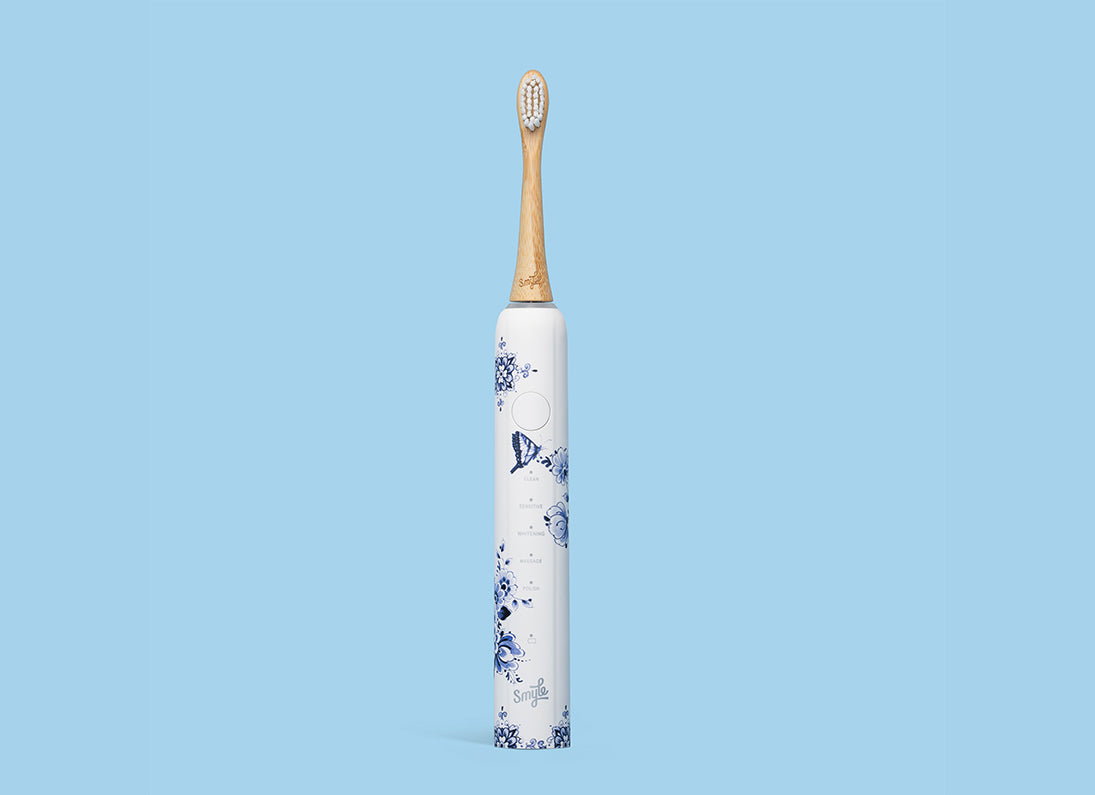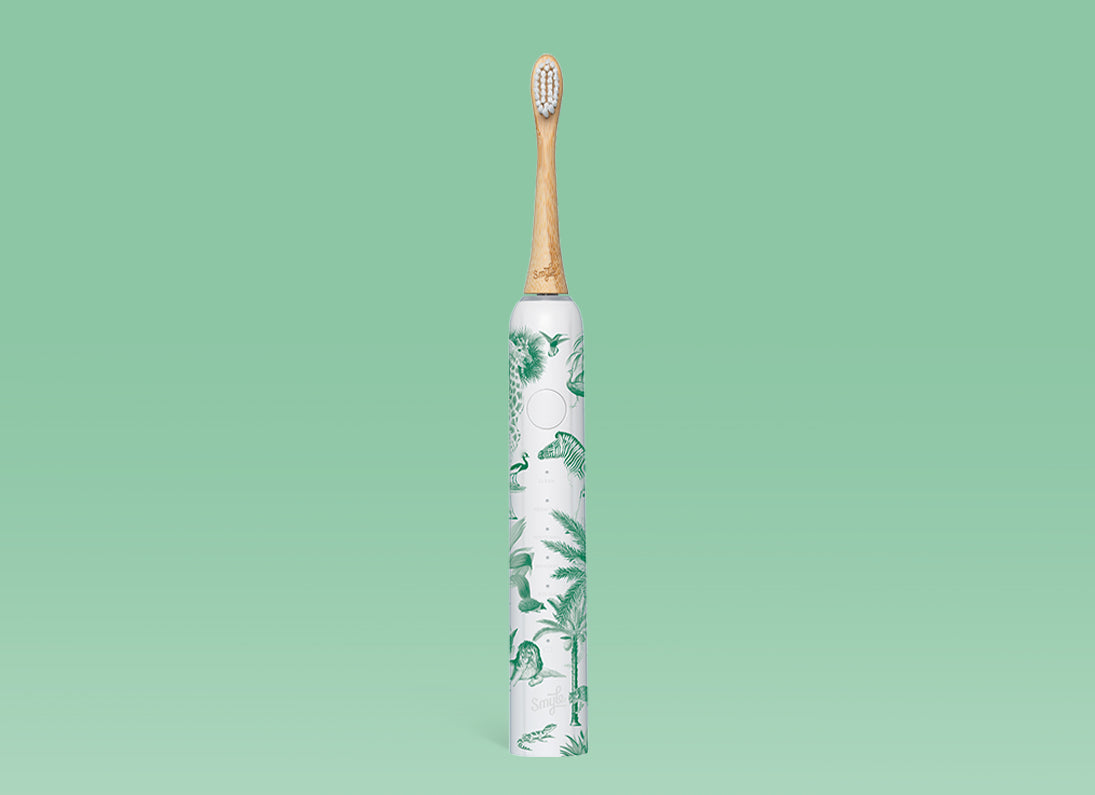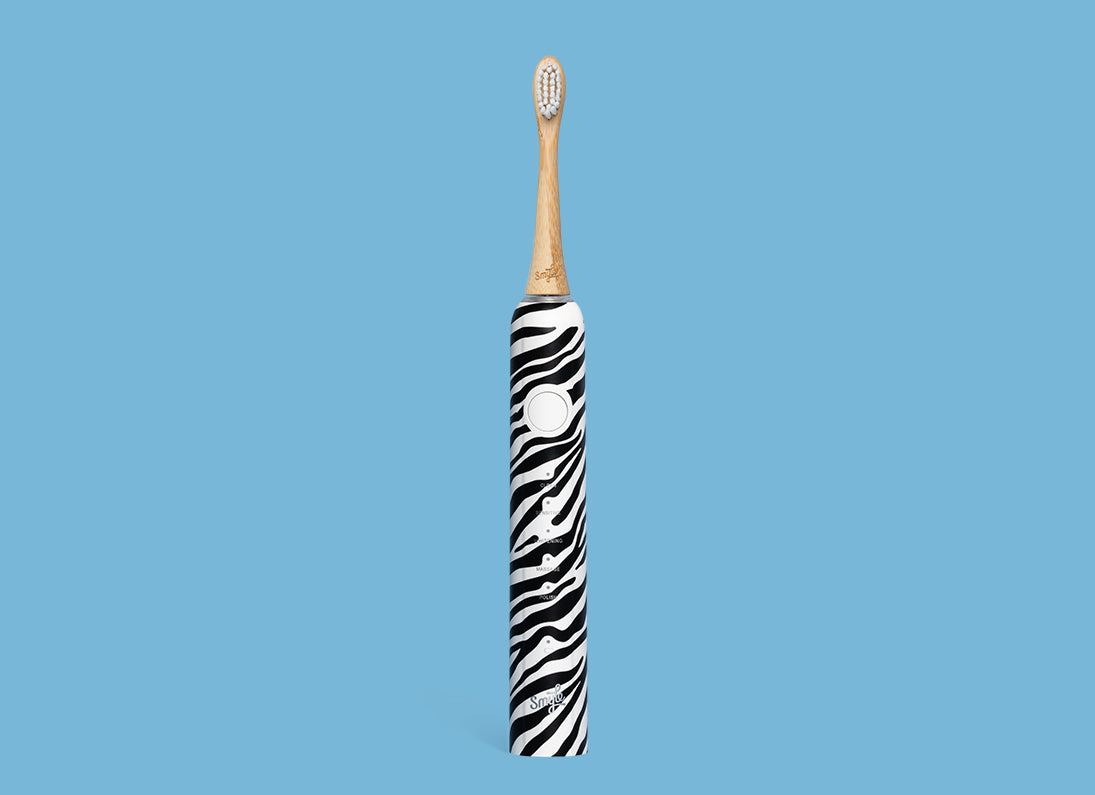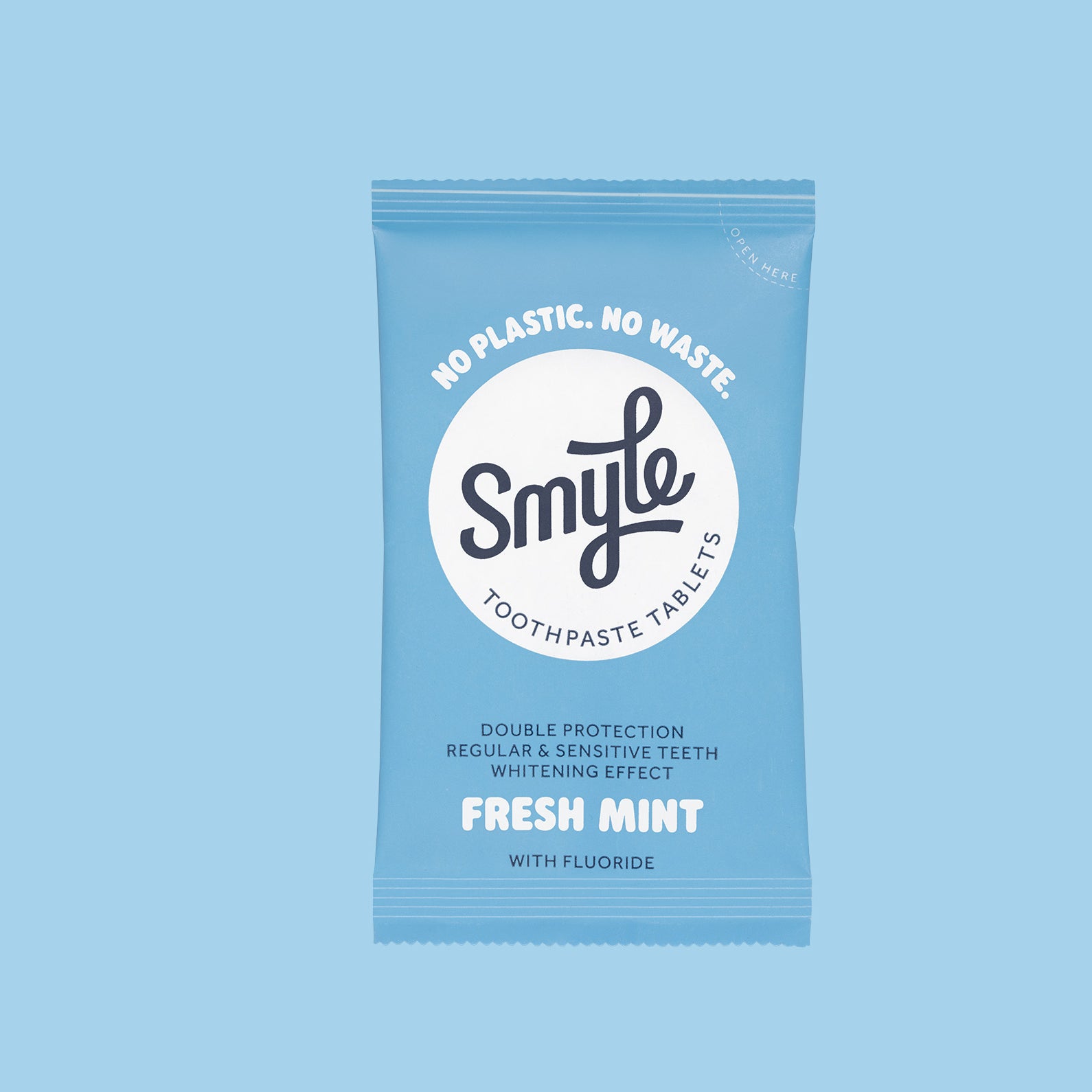
What Are Dental Veneers?
Dental veneers can be a great solution to transform your teeth back into a fresh, confident smile. But what exactly are they—and how can they give you a dazzling white smile without using whitening toothpaste or strips?
They’re thin shells made of tooth-colored material, also known as veneers or facets, that are placed on the front surface of your teeth to improve their appearance.
Veneers can help correct a wide range of cosmetic dental issues. They can be used to whiten stained or discolored teeth, alter the shape or length of teeth, and even repair damaged ones. They’re also perfect for filling in gaps or simply improving the overall appearance of your smile. It’s no surprise they’re a popular choice for those looking to enhance their smile—they offer both durability and visual appeal.
What makes veneers so special is that they’re custom-made to suit your unique smile and facial features. They come in various shades to ensure a natural look, helping you achieve a smile you’ll be proud to show off.
Types of Dental Veneers
Not all veneers are created equal. Generally, they come in two main types: composite and porcelain. Each has its own benefits, and the best choice depends on your personal needs and preferences.
-
Composite veneers (also called direct veneers) are made from a resin-like material and applied directly to the teeth. The dentist shapes them by hand during your appointment, meaning you can often walk out with your new smile in just one visit. This is a quicker, more affordable option—perfect if you're heading off on holiday soon.
-
Porcelain veneers, on the other hand, are crafted in a dental lab by specialists and applied later. Because they’re lab-made, they tend to cost more and require multiple visits. But the payoff? A highly realistic, long-lasting smile that can last for years. It takes time, but the results are worth it!
Both options have their advantages. Choosing the right type depends on what matters most to you—speed, budget, aesthetics, or longevity. Still unsure? Consult your dentist for tailored advice. Want to know how they’re applied? Keep reading!
The Process of Getting Veneers
So what exactly does the application process involve?
While the procedure differs slightly between composite and porcelain veneers, the goal remains the same: giving you a stunning smile.
Composite veneers require minimal alteration to your natural teeth. The dentist will lightly sand the surface to make space for the veneer, then apply and sculpt the resin. A UV light hardens the material—and voilà! With a few clever steps and tools, your smile is transformed—often in just one visit.
Porcelain veneers require a bit more time and effort. First, a thin layer of enamel is removed, then impressions are taken and sent to a dental lab. While your custom veneers are being created (usually within a few weeks), you'll receive temporary ones to protect your teeth. Once ready, the final veneers are bonded in place for a natural, tailored smile.
Caring for Your Veneers
So, you’ve got your new veneers—congrats! Now how do you keep them looking their best?
Fortunately, maintenance is simple, but a few key habits are essential:
-
Brush twice a day with an electric toothbrush
-
Floss daily (water or string floss)
-
Use a reputable toothpaste—like Smyle's toothpaste tablets
-
Consider using mouthwash to complete your oral routine
Just like with natural teeth, these habits are key to long-term success. Remember: veneers are stain-resistant—but your natural teeth are not. Inconsistent brushing can cause uneven coloring, which you definitely want to avoid.
Also, avoid biting into hard or sticky foods. Veneers are durable, but not unbreakable. A little caution goes a long way!
And of course, never skip your dental checkups. Even with veneers, you’ll need regular exams to make sure your whole mouth stays healthy. Two birds with one stone—oral and overall health in check!
The Benefits of Veneers
By now you know what veneers are, the types available, and how they’re placed. But why choose veneers over other cosmetic treatments?
-
Aesthetic boost: Whether you're dealing with stains from coffee, a gap that’s always bugged you, or a chipped tooth from an old injury, veneers can offer the transformation you've always wanted. Whitening can only do so much—veneers can fix it all.
-
Durability: At Smyle, we love long-lasting solutions. Composite veneers last 5–10 years, and porcelain ones up to 15+ years with proper care. A long-term solution to keep your smile shining.
-
Easy care: As we've covered, maintenance is straightforward. Brush, floss, and visit your dentist—that’s it.
-
Minimally invasive: Compared to other procedures like implants, veneers involve only minor enamel reduction. No drilling into the jaw, no implants. A reassuring thought, especially for those nervous about dental treatments.
Considerations and Potential Downsides
As with any medical procedure, it's important to make an informed decision. Veneers aren’t perfect for everyone, and there are a few things to consider:
-
Cost: Veneers—especially porcelain—are pricey. Composites can range from €100 to €150 per tooth, while porcelain veneers can cost anywhere from €450 to €900. It’s an investment, so make sure it fits your budget.
-
Irreversibility: Once enamel is removed, there’s no going back. You can’t simply take them off later—so make sure you’re 100% confident before committing.
-
Sensitivity: Some people experience sensitivity to hot or cold after getting veneers. This is due to the slight enamel reduction, but sensitivity toothpaste can help.
-
Not a fix for serious dental problems: Veneers can mask aesthetic issues—but they’re not a cure for underlying problems like decay or gum disease. These must be treated first. Once that’s resolved, veneers can still be used to restore beauty and balance to your smile.
Veneers Aren’t for Everyone
Veneers have their perks—but they’re not suitable for everyone. In some cases, alternatives may be more appropriate.
For example, if you grind or clench your teeth (bruxism), veneers might not last. Constant pressure can cause cracking. Solutions like night guards exist, but it’s best to talk to your dentist first.
People with severe decay, gum disease, or too little healthy enamel may not be candidates either. In those cases, veneers might not be possible or safe to apply.
Do you play contact sports? You’ll need to be extra cautious. A blow to the face could damage your veneers—but custom mouthguards can help protect your investment and your winning smile.
So—Are Veneers Right for You?
If you’re looking to enhance your smile—and you have the budget to match—veneers may be exactly what you need. Whether you want to change the color, shape, size, or alignment of your teeth, they can help you achieve your dream smile.
Yes, they come with a higher price tag (especially porcelain), but they also offer long-lasting, natural-looking results that can be well worth the investment. With the right care, they’ll keep your smile glowing for years.
As with any dental treatment, do your research and work with a trusted professional to guide you through the process. Make sure you understand all your options and talk through any concerns with your dentist.
Getting veneers is a big step—but it might just be the one that unlocks the confident smile you’ve always dreamed of.
That’s it! We hope this in-depth guide to dental veneers was helpful. Remember: a beautiful smile is always within reach with Smyle’s oral care essentials. Veneers may just be the next step toward revealing your best, most radiant smile.

